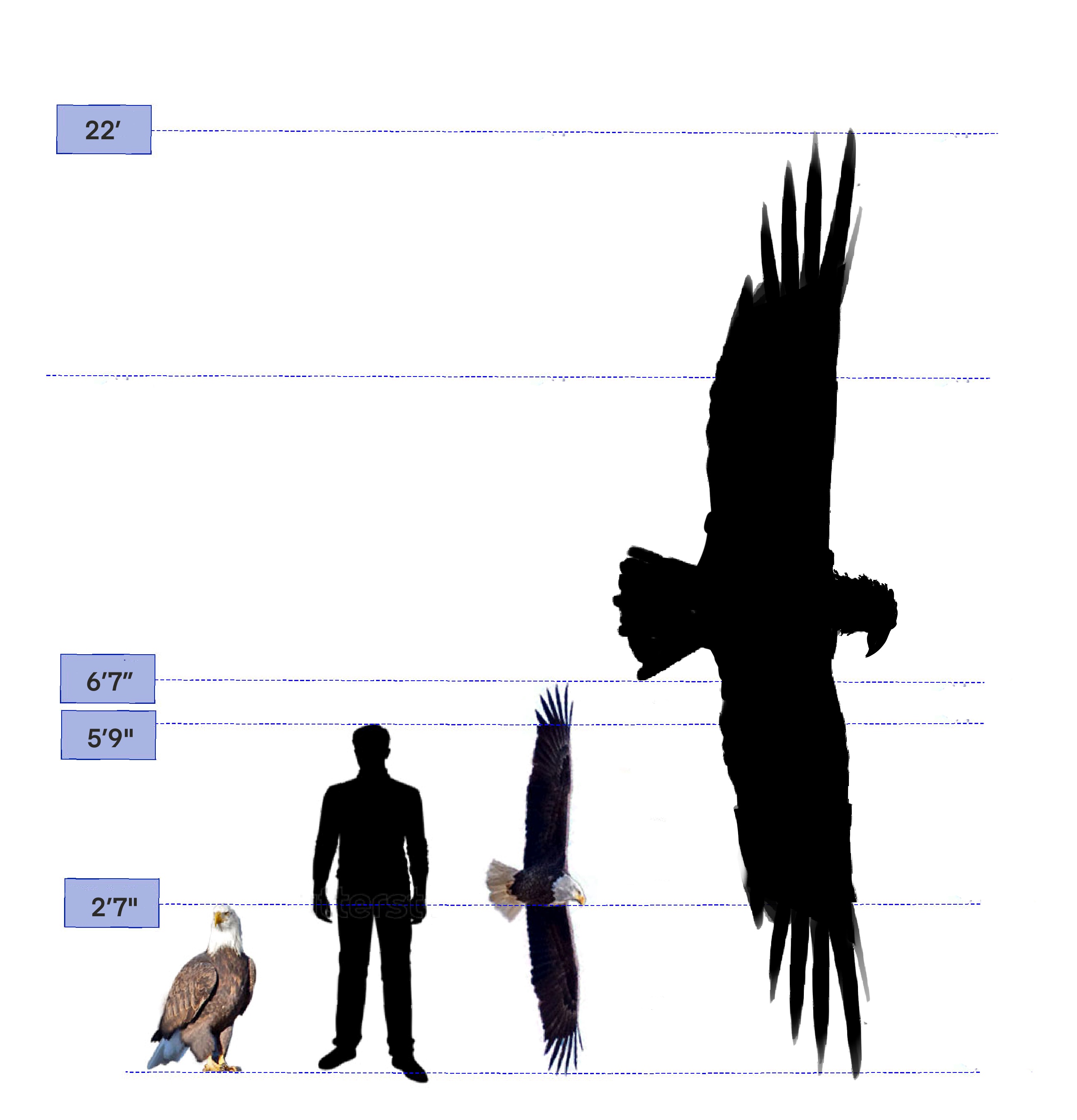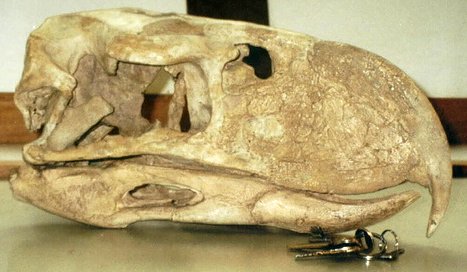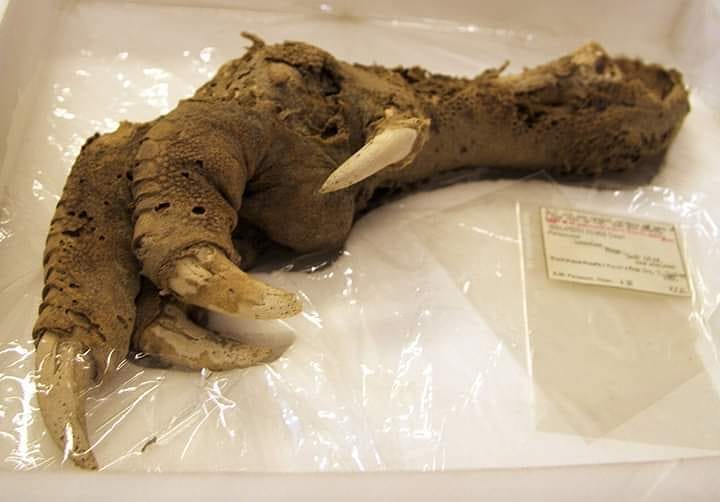| Field |
Information |
| Specimen Name |
Terravolucer tempestatis ("Storm-Flying Earth-Piercer") |
| Common Name |
Thunderbird Skull |
| Discovery Date |
July 14, 2023 |
| Discovered By |
Dr. Helena Corvalis and Team |
| Geological Formation |
Ghost Ridge Formation |
| Stratigraphic Layer |
Late Paleocene (~56 million years ago) |
| Material Recovered |
Partial to nearly complete cranial structure (95% intact) |
| Skull Length |
61.2 cm (2.01 feet) |
| Estimated Body Length |
4.5 meters (14.8 feet) |
| Cranial Features |
Extended premaxilla, heavy orbital ridges, keratinous beak sheathing impressions |
| Crest Presence |
Yes – dorsal cranial crest, 17 cm tall, bone-supported |
| Notable Dentition |
Lacked true teeth; beak serrations present (pseudo-dentition) |
| Estimated Wingspan |
7.2 meters (23.6 feet) |
| Flight Capability |
Likely limited to gliding, diving; robust sternal keel suggests powerful pectorals |
| Dietary Inference | Carnivorous – likely scavenger/predator hybrid |
| Taphonomy |
Well-preserved in fine volcanic ash sediment; minor compression distortion |
| Fossil Matrix |
Silicified siltstone with high clay content |
| CT Scan Data Available | Yes – uploaded to North American Avian Archive (NAAA) |
| Repository |
Grand Plateau Museum of Natural History, Specimen Vault A23 |
| Notes |
First of its genus; may indicate previously unknown megafaunal avian lineage |




